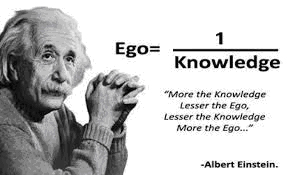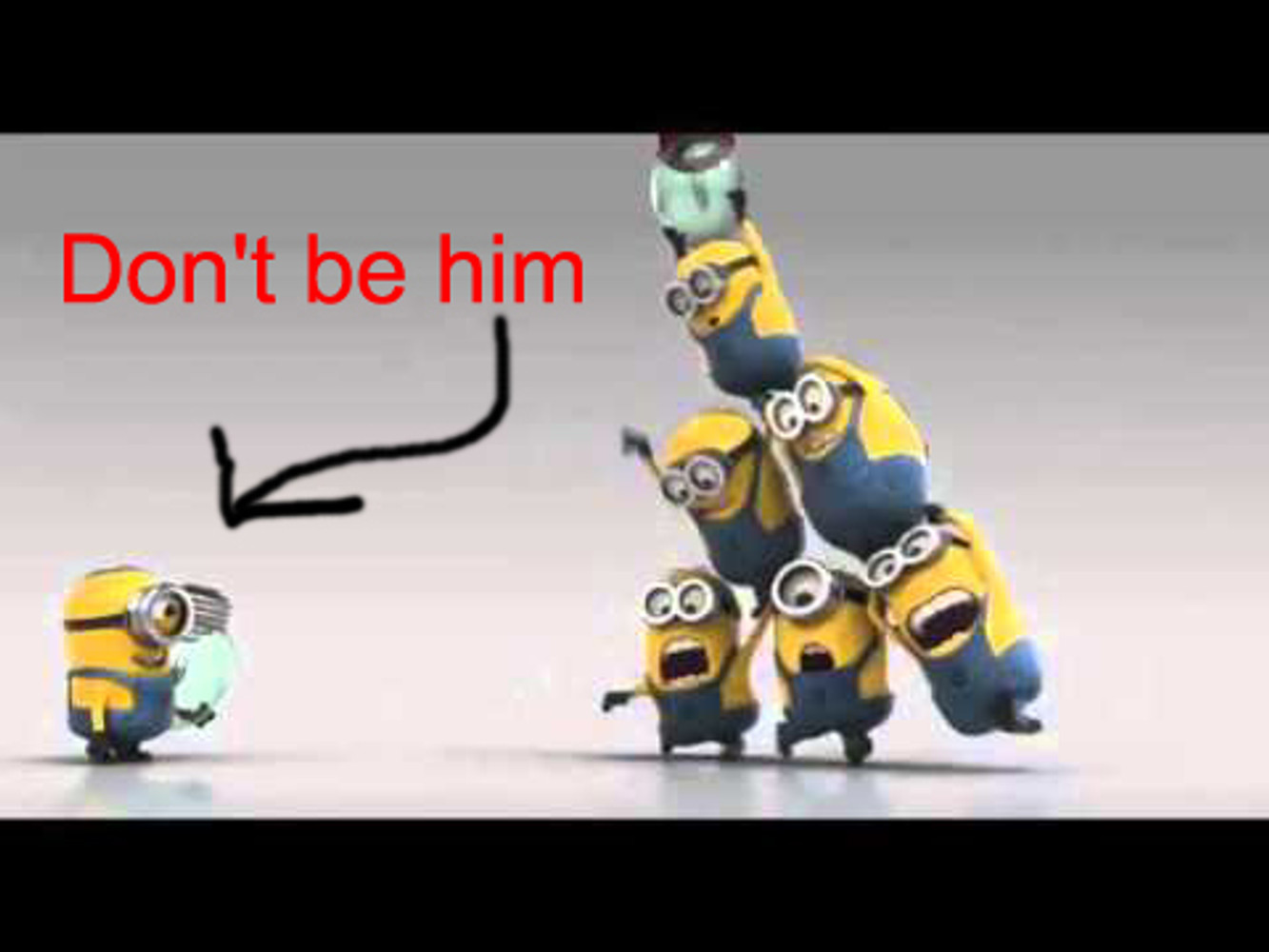I was asked recently to pen an article for a publishing magazine giving advice to authors about how to pick a publisher and how to work with that publisher/editors. The request was timely because a series of recent adventures along these lines have been driving me to distraction.
This particular blog post is intended primarily for authors, but most readers will also find this post interesting—if for no other reason than to see how that sausage is made. It rambles a bit, so stick with me.
Let’s say use “Jim Smith” as an example.
Jim has worked for a few years and now has a finished first draft of his manuscript. He submits it far and wide and it is accepted for publication by five different publishers. In the real world he will choose one and end up with a printed book. For the sake of this example, let’s assume all five houses publish it.
Each of the five books would be different. Very different.
Why? Because developing (i.e., editing), designing (inside and out), deciding on footnotes or end notes (and how many), maps, illustrations, etc. is a completely subjective endeavor. So Jim would get five different books, inside and out.
Picking the right one is important.
PART 2: But is She Right for You?
Few successful marriages begin by picking a random stranger out of a crowd and proposing.
Assuming you care about your manuscript’s future prospects, choosing a publisher is not that much different than choosing a spouse. You find someone you like and have things in common with, including a compatible vision of the future. You watch them in action in a variety of settings, and judge how they treat the hired help. In other words, you select a publisher with a winning track record of stellar (and repeat) authors, award-winning titles, outstanding book design, aggressive marketing, quality customer service, fair pricing, and so on.
Does the publisher produce the kind of book YOU want, and actually make an effort to sell it?
Once you find the publisher and get accepted, here is the best word of advice I can give you:
Leave your ego at the door.
Listen.
Cooperate.
Those who do are far more
likely to succeed. Those who don’t cooperate and listen usually fail. Always remember, your publisher is rooting for YOU to succeed.

Once you find that publisher (“spouse”), how do you handle your relationship going forward from acceptance of your manuscript through editorial development, design, publication, and beyond? Do you view it as an adversarial relationship or a partnership with someone who knows more than you and has your best interests at heart because both of you are joined at the hip?
Do you really listen—as in to listen to understand? Or do you listen only so you can formulate a push-back argument? Do you resist most substantive suggestions, argue about trivial things, get heated when your editor offers ways to improve your work, and then knock the board game to the floor? Surprisingly, some authors do.
This is not only a good way to end up in divorce court rather quickly, but also to never be accepted by that publisher again and earn a negative reputation in what is a very small community.
Editors and publishers talk. A lot. Especially after the second gin and tonic. I have canceled four books in the past two years that were in active development because it became impossible to work with the authors. Invariably I get an email or a phone call a few weeks or months later asking from a different acquisition editor or press, “Savas, you had this announced—what's wrong with this author?” “Is there an issue with the manuscript?” “Is he hard to deal with?” “Why did you cut him loose?” “Honestly, should I accept it?”
On occasion, I make those phone calls, too. Pull up a chair and let me explain.
PART 3: The Development
Generally speaking, what follows is how the subjective part of the process unfolds. (Note that some books are handled differently than others.)
The author is asked to edit his manuscript to conform as closely as possible to our house style sheet. Once the time comes, the manuscript is assigned to an editor with specific instructions about how to handle it.
The publisher (i.e., me) or editor may believe it is too long, or too repetitive, uses too much passive voice, stumbles over its own narrative by putting material in the main body better suited for the footnotes—you get the idea. Note that all of this is subjective. Each press offers a different set of instructions to its editor on how to proceed with each particular mansucript. (NOTE: Some publishers don’t even use editors and will publish pretty much whatever is sent to them with barely any oversight.)
When your editor speaks—LISTEN.

If she tells you there is too much “fat” in your book—LISTEN. If he suggests cutting your work from 150,000 words to 120,000 words because of redundancy—LISTEN. He understands the pitfalls most authors cannot see—and will warn and advise you accordingly. And remember he also has a mandate from his boss, i.e, me.
With these instructions in hand, the editor reads the manuscript and suggests edits and/or edits each chapter and returns it to the author, who agrees or objects to the changes. The editor now has to decide how to handle the author’s response to his suggestions/edits. Which objection is valid? Which is not?
So . . . with Savas Beatie, a 30-page chapter with 45 footnotes may end up 27 pages with 40 notes—or 20 pages and 22 notes with Publisher X, or 33 pages and 51 notes with Publisher Y. You get the point.
This does not mean your editor will always be right, or won’t make mistakes, or that your manuscript will have everything perfect then and there. Mistakes happen. It’s human nature.
Don’t be the author who comes back with pages and pages of replies objecting to everything from comma placements and word choices to what was shifted into a footnote, the blending of two notes, the breaking up of a long passage, and so on. If every change is like pulling teeth, the author is usually the one who ends up toothless.
Keep in mind that editors are not going to spend hours and hours trying to decipher these sorts of replies. If it gets this deep in the weeds, authors will lose pretty much ANY say in their manuscript because the publisher will tell the editor “edit it as you see fit.”
No one wants that. Pick your battles!
The editor works as closely and as meaningfully with the author as possible. It is imperative to stay on schedule, keep the chapters flowing, and move the process along while maintaining the author’s voice, clarity, and purpose as represented in the manuscript. The final decisions at that stage, however, belong to the editor. Once those decisions have been made, the editor begins the next chapter. Again, take note that editing is (mainly) subjective. Each editor will handle this differently.
If there is a true roadblock on a key matter, you might respectfully ask for another set of eyes on that issue in particular. Maybe like this: “On this issue we see things differently and it is very important to me. Before you make your decision, would you mind if the managing director or another editor takes a look at this one issue? I would appreciate that.”
I don’t know of a single publisher or editor who would not honor that wish. That is much better than getting heated, pushing back, complaining, and leading with your ego instead of your brain.
No publisher worth his salt is going to allow a manuscript to go to press without someone reading the editor’s work, so the next stage involves oversight. At Savas Beatie, once the manuscript edit is finished, I read it (or I assign it to what I call a “finishing editor”) to double check it. We don’t read the entire manuscript line-by-line, but instead looks for about 12 or 15 particular things that tend to repeat themselves. It goes back to the editor if issues were not properly addressed, or, depending upon their complexity and time-crunch, simply fixed in-house.
Once again, all of this is subjective. Five different people will handle this five different ways.
At this stage, and again it can vary book-to-book, the manuscript is sent out to a proofreader, designed, and the author reads it in galley with the photos and maps in place. (The number of photos and maps used is up to the publisher, not the author, though they are usually supplied by the author.) The author points out any mistakes that slipped through. Note that there is NO rewriting at this stage. Only mistakes are fixed. These are corrected and the book is sent to the printer.
In the end, the power to resolve any differences of opinion belong to the publisher because it is putting up the time, money, expertise, and brand name.
This is also where mistakes slip in. The truth is that not all proofreaders do a great job on every book, and many authors really don’t carefully peruse their galleys. Some read every word carefully. Others skim and trust someone else is putting in the time. In other words, they are lazy. As a publisher, we can’t go back again and again and proofread what we paid to be proofed a second or third time. Most of the time we end up with nearly mistake-free books, but on occasion books slip through with typos and mistakes.
Publishing is a very human (and a very humbling) endeavor.
PART 4: It is all about Cooperation
Think of your publisher as you might an architect or engineer. Do you hire an architect with decades of experience to design your house and then argue about where support beams go? Making suggestions about the width of a hallway or how he wants to lay out of your kitchen or where to put the bathtub is perfectly reasonable and expected. But do you argue about what building materials are up to code? Or how deep to pour the concrete, or what nails to use? Do you insist on a type of roof the architect repeatedly tells you is too heavy? Or demand a design the expert explains will destroy the resale value of your dream house?
One would hope not.
These are all fundamental matters that go to the heart of the viability of your building. You have seen this architect’s successful and award-winning work before or have glowing recommendations, right? Isn’t that why you hired him in the first place? Signing a contract with him does not magically give you a degree in that subject or the decades of experience he has under his belt in the pond you now wish to wade into.
A publishing company puts its own time, expertise, and money—lots of it—on the line with your manuscript it has promised to turn into a book. You selected that company because you know the quality of the final product. Those great books you bought or saw on shelves didn’t magically end up looking and reading the way they did. There is a process along the way that is often grinding and time-consuming.
And in the end, it is also well worth it.
PART 5: Pick your Battles. Ergo . . . Ego
When an editor explains your manuscript isn’t grounded in enough firsthand sources—he is telling you your structure does not have enough of a foundation to stand on its own. He is your architect. To argue is akin to replacing your brain with your ego.

When an expert reader reviews your manuscript and thinks it is confusing or difficult to follow, or poorly structured, or not well-reasoned and offers substantive suggestions on how to improve it—are you listening, or is your ego pushing back against the very expertise you “hired?”
Work with your teammates, not against them. Cooperate.
Cooperation does not mean bow down and always say “yes.” It means know how and where to pick your battles. Make your own respectful suggestions and do your best to work hand-in-hand as you would with your spouse on matters of import to you and your family.
Never forget (there is that “ego” thing again) that your developmental editor and publisher craft rough manuscripts into polished books on a daily basis. You don’t. He has gone through this same process dozens (or in my cases, many hundreds) of times. The odds are you have not done it even twice. He understands weight-bearing walls and inspection codes better than you do.
Here is another way to look at it: Who is more likely to be the better judge of the end product, someone working with editors and outside reviewers, all of whom agree on X, or an author who does something entirely different for a living digging in his heels and demanding Y. The author is betting his ego, while the publisher is betting his livelihood based on experience and a successful track record.
Clarifying, yes?
What do you do for a living? Whatever that is, imagine someone asking your advice and then arguing with you and rejecting it. No one is always right, but if you are advising on matters within your area of expertise, the odds are pretty good that your advice is sound—especially if you have a long track record of success.
Ask any person who has achieved success in their chosen field how they became successful. Nearly all of them will candidly tell you they sought out people who had already done what they want to do—people who knew more than they did. They then put their ego aside, listened, cooperated, and followed their advice.
(As an aside, my personal mentors were Tom Broadfoot, Bob Younger (of Morningside), and a friend who worked in high places in publishing in NYC. I was a lawyer and had written a few things that had managed to get into print—but I was not a publisher. But I wanted to be one. So when experts like Tom and Bob told me things, even when I didn’t think they made sense—I LISTENED. I LEARNED. I COOPERATED.
I put my ego aside and used my brain to think.
Success heals any bruises your ego might suffer along the way.
Leave your ego at the door. Enjoy the journey.
Reap the rewards.
--Theodore P. Savas
All rights reserved

